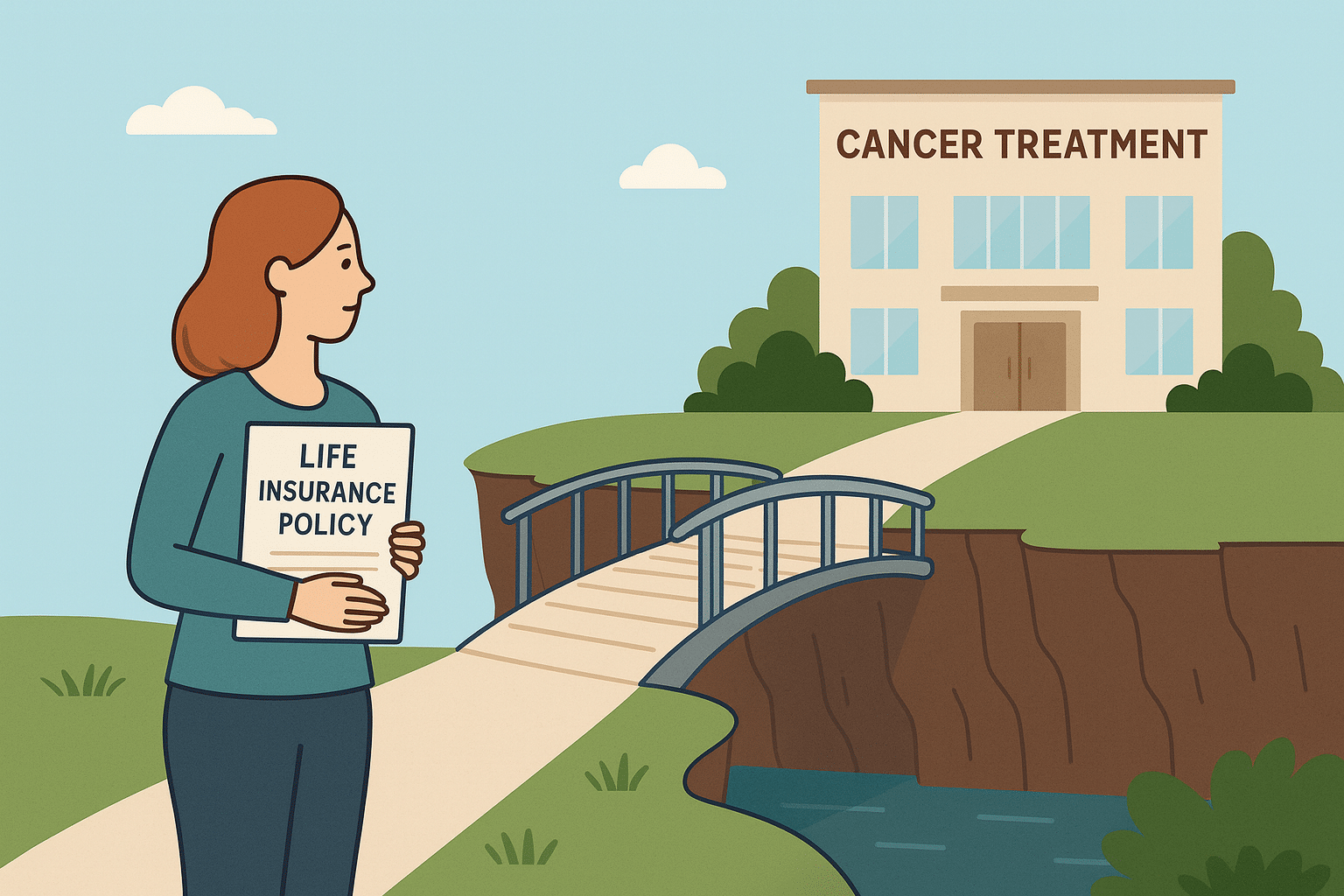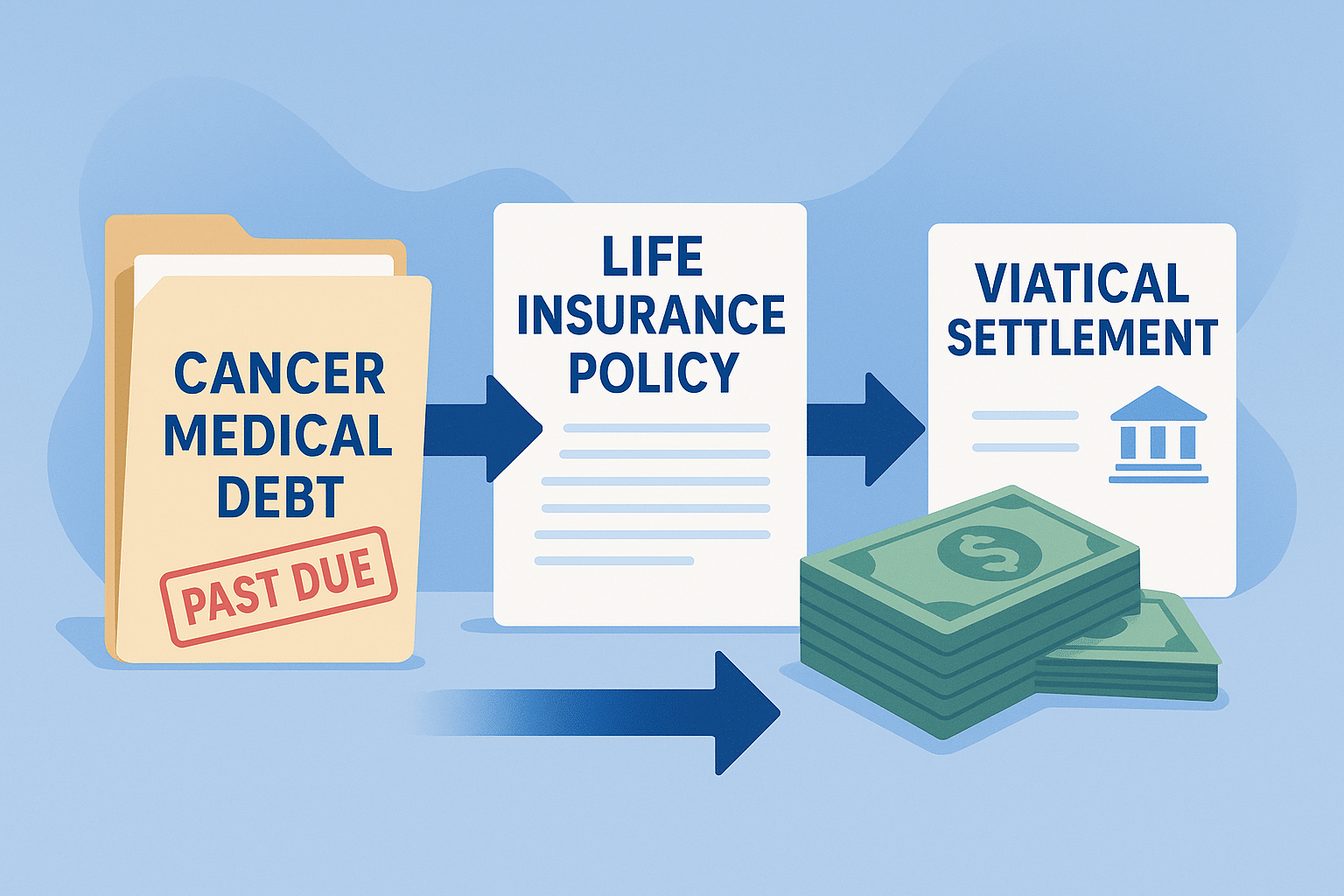Holistic cancer care has moved from the fringes of alternative medicine into mainstream conversation. Across the United States, more patients are seeking integrative therapies — blending conventional oncology with natural, mind-body, and nutritional approaches designed to treat not just the tumor, but the whole person.
It’s an empowering shift. But it’s also an expensive one.
From specialized clinics to home-based protocols, holistic cancer treatment often carries a price tag that surprises even well-prepared families. Insurance rarely helps, leaving many to wonder how much this type of care really costs — and how patients manage to pay for it when facing the fight of their lives.
The New Landscape of Cancer Care
Traditional cancer treatment once followed a narrow path: surgery, chemotherapy, radiation. Today, the model is far more dynamic. Many patients pair their oncologist’s plan with integrative therapies like IV vitamin C infusions, ozone therapy, hyperbaric oxygen, detoxification, or specialized nutritional regimens. Others travel to holistic cancer centers that offer advanced protocols, including immunotherapy, mistletoe injections, or metabolic programs that aim to strengthen the body’s natural defenses.
This evolution reflects a deeper truth about modern oncology — that patients want control, and they want care that aligns with their values. But these expanded options come with financial implications that are often hidden behind hopeful marketing and fragmented information online.
Why Holistic Treatment Costs So Much
The expense of holistic or integrative cancer care can vary widely. Unlike standardized hospital billing systems, holistic medicine operates on individualized programs, with pricing based on everything from treatment duration to supplement plans.
A single visit with an integrative physician may cost several hundred dollars. Add in diagnostic testing, specialized infusions, or custom supplements, and even early-stage patients can spend several thousand dollars in just a few months. For those enrolled in multi-week or long-term holistic programs, costs can climb into the tens of thousands — often exceeding what insurance reimburses for traditional hospital care.
One of the biggest drivers of cost is time. Holistic programs tend to be more comprehensive, often lasting weeks or months and involving a multidisciplinary team of practitioners. Nutritionists, naturopaths, oncologists, acupuncturists, and wellness coaches all contribute to the care plan, each billing separately. In some cases, patients are required to travel to specialized clinics, adding expenses for lodging, meals, and transportation.
Another cost driver is technology. Modern integrative centers use diagnostic imaging, lab testing for immune markers, and advanced therapies such as laser detoxification, frequency modulation, and photodynamic therapy. These tools aren’t part of conventional insurance codes, meaning patients must pay entirely out of pocket.
The Hidden Costs Few Talk About
Beyond direct treatment, the holistic path introduces expenses most patients never anticipate. Nutritional supplementation alone can run hundreds of dollars per month. Clean eating programs, organic groceries, and water filtration systems add layers of ongoing cost. Some patients invest in home infrared saunas, detox baths, or oxygen concentrators to maintain their regimen outside of clinic hours.
Even the practical logistics — transportation to distant facilities, lodging for caregivers, and unpaid time off work — compound the total cost of pursuing integrative care.
For many, the financial weight becomes as stressful as the diagnosis itself. This intersection of cost and care is where patients often realize that the freedom to pursue holistic medicine depends on financial flexibility, not just medical belief.
Insurance and the Reality of “Limited Coverage”
Most insurance companies categorize holistic or integrative therapies as elective or experimental, despite growing research supporting their benefits. While some policies may reimburse acupuncture, massage, or limited nutritional counseling, they rarely cover the high-cost treatments — IV vitamin C, hyperthermia, or immunomodulatory therapies — that define modern holistic cancer care.
Even within major hospitals offering integrative oncology programs, patients discover that only the conventional portion of treatment is covered. The rest — the nutrition consults, the supplements, the mind-body therapies — are billed separately or considered out-of-network services.
This coverage gap leaves patients searching for creative solutions, often turning to personal savings, credit, crowdfunding, or home equity lines just to stay in treatment. But these methods can deplete financial reserves quickly, adding long-term strain at a time when stability matters most.
The Emotional Side of Paying for Holistic Care
When a patient chooses holistic cancer treatment, the decision often comes after months or years of conventional care that didn’t bring the desired results. They’re not just buying treatments — they’re buying hope, agency, and time.
That emotional investment carries weight. Many describe feeling empowered by the chance to explore natural healing and integrative options, but also isolated by the financial burden it creates. The average family budget wasn’t built to accommodate therapies costing $5,000–$10,000 per month.
And yet, many persist — not because it’s easy, but because it feels right. Holistic care resonates deeply with those who believe healing must address the body, mind, and spirit together. The challenge lies in how to sustain that commitment financially.
Alternative Paths to Funding Integrative Treatment
Over the past decade, a quiet transformation has taken place in how patients pay for care that falls outside the bounds of insurance. Crowdfunding has become common, with families sharing their stories online to raise money from friends and strangers. Some foundations and nonprofits offer grants for specific cancer types, though these are often limited and highly competitive.
Others use savings or retirement funds, or take out loans that bring financial pressure later. But increasingly, patients with existing life insurance policies are turning toward a financial option that many have never heard of: a viatical settlement.
How a Viatical Settlement Can Fund Holistic Cancer Care
A viatical settlement allows someone with a serious or life-threatening illness to sell their life insurance policy for immediate cash. Instead of the policy remaining locked away until death, the value becomes available now — when it’s needed most.
Unlike loans or withdrawals, there are no repayment requirements, and the funds can be used freely. Many patients use the proceeds to cover treatment costs, travel, and day-to-day living expenses while focusing on healing rather than financial stress.
Companies like Cancer Care Financial, a leading viatical settlement firm based in California, are putting the power of control back in the hands of the patient. They guide each client through the viatical settlement process with care, transparency, and expertise — ensuring that every offer is evaluated and that only the highest possible payout is secured for the sale of the policy.
It’s this patient-first approach that sets Cancer Care Financial apart from other viatical settlement companies. Their commitment to advocacy and integrity has made them a trusted resource among many of the nation’s top integrative and holistic cancer centers, helping patients regain financial freedom and the ability to choose the treatment path that feels right to them.
Why Holistic Cancer Costs Are Rising
The rising popularity of holistic and integrative medicine has created both opportunity and inflation. As demand grows, more clinics are offering specialized programs that blend medical technology with alternative philosophies. These centers often attract international patients, further driving costs due to limited capacity and high overhead.
Additionally, many of the substances used in holistic protocols — high-dose vitamin compounds, plant extracts, or biologically active compounds — are imported and not covered under bulk pharmaceutical pricing. Labor-intensive therapies, personalized nutritional analysis, and one-on-one coaching add to the cumulative expense.
While these programs may offer measurable benefits in quality of life and emotional well-being, they’re rarely standardized. That lack of consistency contributes to unpredictable pricing across the country, making it difficult for patients to plan financially or compare costs.
The Value of Choice
At its core, the discussion about holistic cancer cost is about access. It’s about whether a patient can afford to explore every avenue that offers hope — not just the ones insurance approves.
Holistic and integrative oncology invite patients to see their diagnosis differently: not as a passive condition to be treated, but as a process of restoring balance and vitality. But financial barriers remain the greatest obstacle to making that philosophy real.
When patients gain access to funds through mechanisms like a viatical settlement, the equation changes. Suddenly, they’re not limited by coverage codes or policy exclusions. They can choose care that supports their whole being — physical, emotional, and spiritual — with the resources to sustain it.
Empowerment Through Financial Flexibility
Cancer treatment is rarely linear, and no two journeys are alike. Some find their best results in conventional oncology; others thrive through integrative programs that rebuild health from the inside out. What matters most is choice — and the ability to make that choice without fear of financial ruin.
As awareness grows around holistic and integrative options, so does the need for transparent conversations about cost. Patients deserve to know not only what treatments exist, but how to fund them responsibly.
Holistic cancer care is not inexpensive. But with the right financial strategy — including support from organizations like Cancer Care Financial — it can be accessible, empowering, and life-changing.
Because the cost of cancer shouldn’t determine the quality of care.






